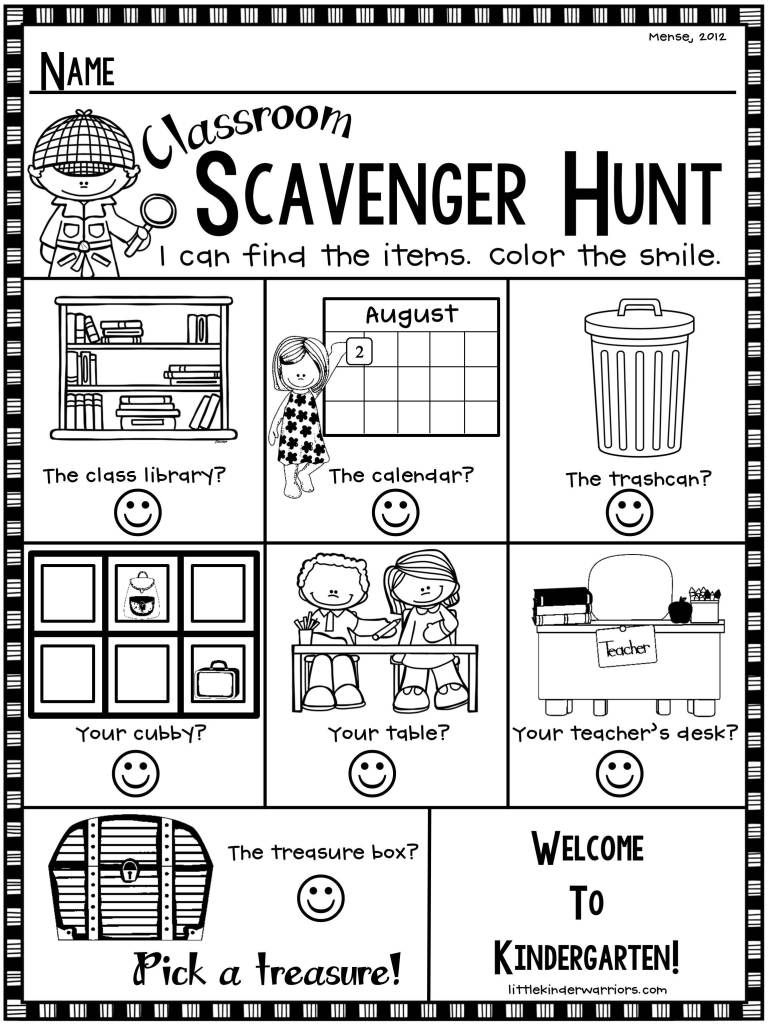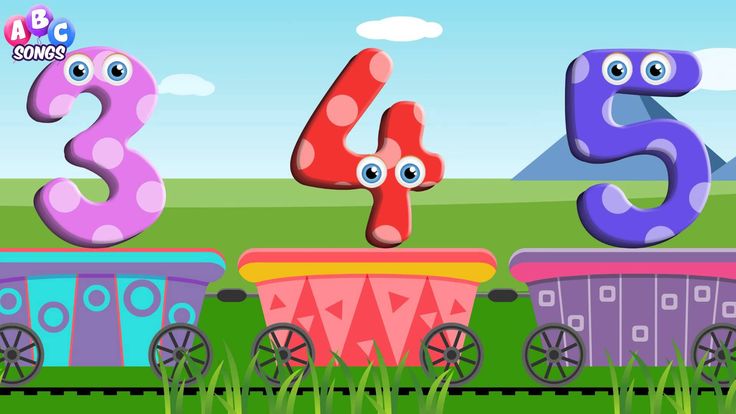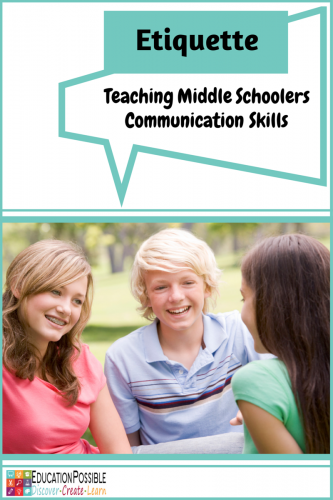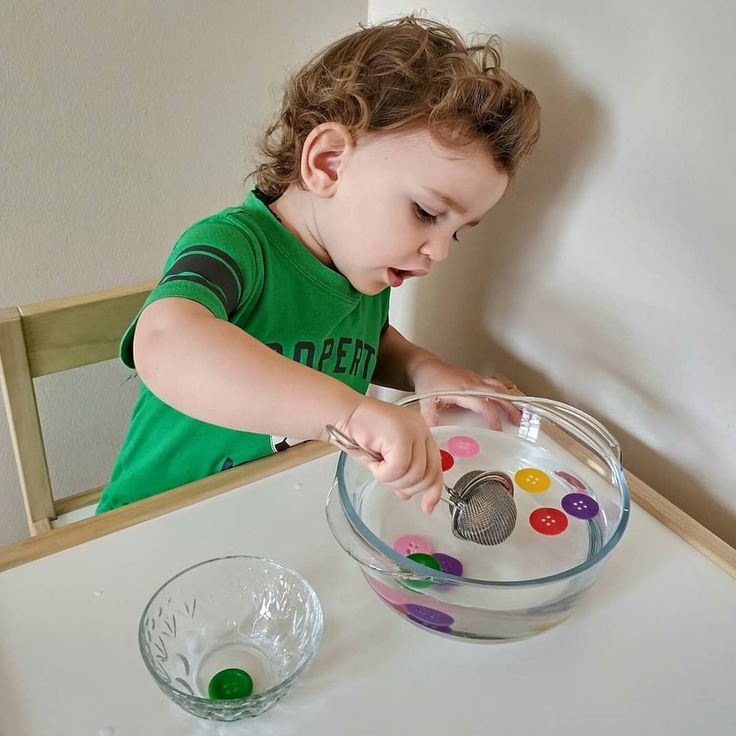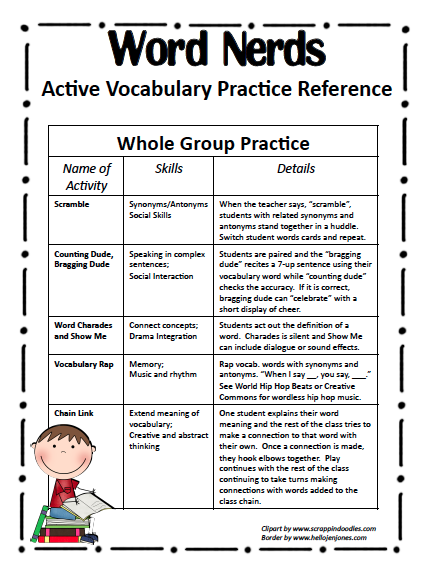Sight words scavenger hunt
Sight Words Scavenger Hunt - No Time For Flash Cards
| 19 Comments
When kids start putting together the developmental building blocks for literacy it’s exciting. My 4 year old has been sounding out words for a long time and has always enjoyed rhyming and playing with the sounds letters make. We haven’t been pushing any of this just paying attention to what she was doing during reading and writing ( self directed writing) times. A few weeks ago at church she looked at the projector screen and read all the words. I asked her if she read them and she said ” No, I just knew them.” She didn’t know she was reading because to her reading is sounding words out. That was when I knew it was time to work some targeted reading especially sight word, activities into playtime.
This is such a simple sight word game that you can throw it together after a long day at the office, as a quick activity between dinner and bed, or like we used it a short activity for days when your child is already going to school. I want to challenge her but not overwhelm her. If reading activities are new to your house I suggest erring on the side of short and easy. The reason I say this is because we don’t want to send the message that reading is this impossible mountain to climb. Reading is fun, so let’s keep it that way. You can turn up the challenge once you can gauge their ability a little better.
Gather your materials. You will need some paper, a clip board, a marker and some sticky notes.
Write out the sight words you want to work on. I used words from the pre-primer list . You can see all the Dolch sight word lists here. If you aren’t sure where your child hits you can always read through a list with him together before the activity.
Write the same words on sticky notes.
Pop those sticky notes all over your house.
When your child is home from school tell them you have something RAD for them to play. Look at how she ran from the car inside… that’s a first.
Go over the list. Don’t read it for them. Let them read through it. She was off hunting before I could really do anything. She knew what to do and didn’t want to waste any time.
Don’t read it for them. Let them read through it. She was off hunting before I could really do anything. She knew what to do and didn’t want to waste any time.
When they find the word they must call it out and stick it on. Keep going until all the words are covered with their match!
I was surprised that she knew them all. The only word she sounded out was can. A reminder about sounding out words. When your child is sounding it out if their first attempt is wrong don’t just yell out the correct word. You can tell them things like ” You are close, keep trying.” ” Let’s take it letter by letter.” ” Sometimes that letter makes more than one sound.” etc… let them work it out. This will build their confidence!
I loved hearing ” Mama that is we. We is so so easy! It’s just me with a w!”
The best part is that when there were only 10 minutes before I had to leave to pick her up from preschool I through this together and the game was a fun way for us to re-connect after hours apart.
Filed Under: Age Preschool, Age: Elementary, Age: Kindergarten, Letters & Numbers, Sight Words | 19 Comments
Like this post? Share it with a friend!
Become an Email Subscriber
Sign up above and receive all new No Time for Flashcards posts directly in your email inbox.
You may also like these posts
Next Post: Heart Rocks – Valentine’s Day Craft
Previous Post: #Captureplay Photo Challenge For Playful Parents – February!
Trackbacks
Make a Treasure Hunt to Make Sight Words
You are here: Home / Activities / Learning / Literacy & ABCs / Make a Treasure Hunt to Make Sight Words
31 Oct
Literacy & ABCs
Move & LearnKindergartnersScavenger Hunts
Sight Words19 Comments
SHARE POST
We haven’t done a scavenger hunt since we did our Christmas flashlight scavenger hunt, so I thought it would be fun to make a treasure hunt using a floor plan as the map.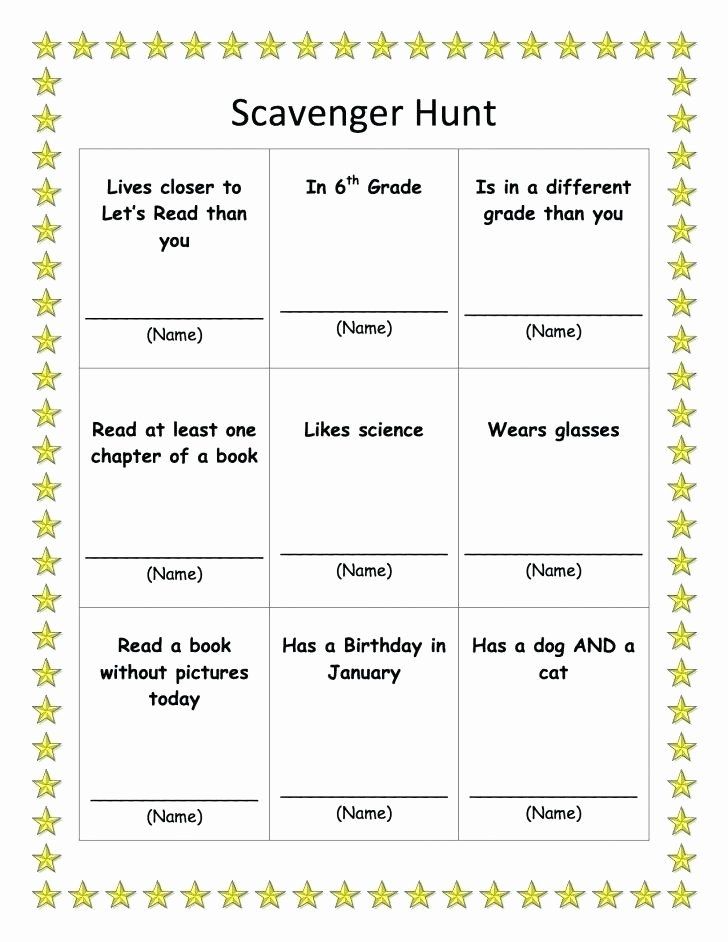
And Henry has had way too many days off for Christmas break (school keeps getting cancelled for cold weather! -20F degrees does that…), so a refresher of sight words was needed.
I made this a treasure hunt to search for the letters of a few of his current list of sight words. Henry would hunt for the letters and put them together to make the sight words.
I drew a floor plan of our first floor. I had a floor plan that I just printed out and traced, but a generalized floor plan of your house would work, or even just a room.
I traced the walls and then added in key pieces of furniture (the couch, chairs, dining room table and so on).
After I chose 5 sight words for Henry to work on: were, what, ask, put, and from, I wrote each of the letters throughout the floor plan map in the places to hide the letters.
More ways to learn sight words! Try these 12 hands on learning activities to learn sight words.
Then I wrote all the letters of the sight words on a piece of paper and cut them all apart.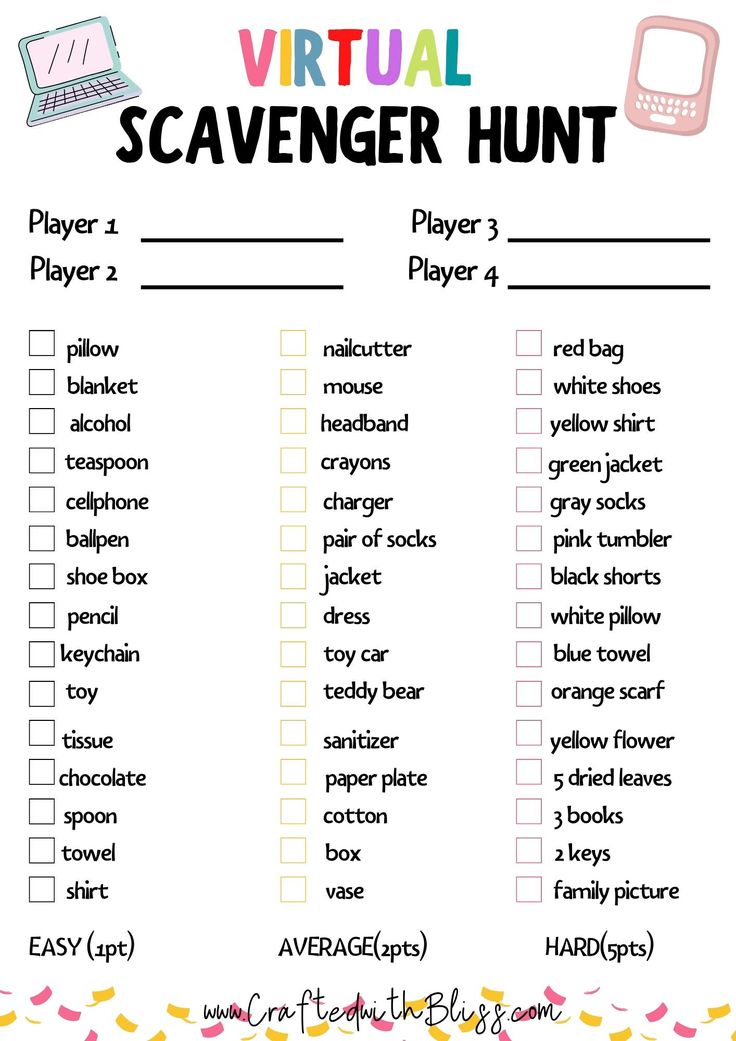
I then taped those letters around the house in the places that I put on the map. I made them harder than I would on a regular scavenger hunt, since he had a map telling him exactly where they’d be.
Note: Be sure to underline letters that could be mistaken if they were upside down. Such as u and n, p and d, and so on. Do that on both the individual letters that you hide around the house, as well as on the map in case it gets turned around.
Then its time to go on the treasure hunt!
I did all the above during naptime on a day Henry was home from school. He doesn’t nap anymore, but he does play quietly during naptime as a rest period. To get some one on one time with him, we did the treasure hunt while the others were still sleeping.
First, I gave him the map and we went over what it all meant and how to read it. Definitely take as long as you need to make sure they understand it. I quizzed Henry a little, asking him what room each was, and what the pieces of furniture were until I was confident that he understood how to read it right.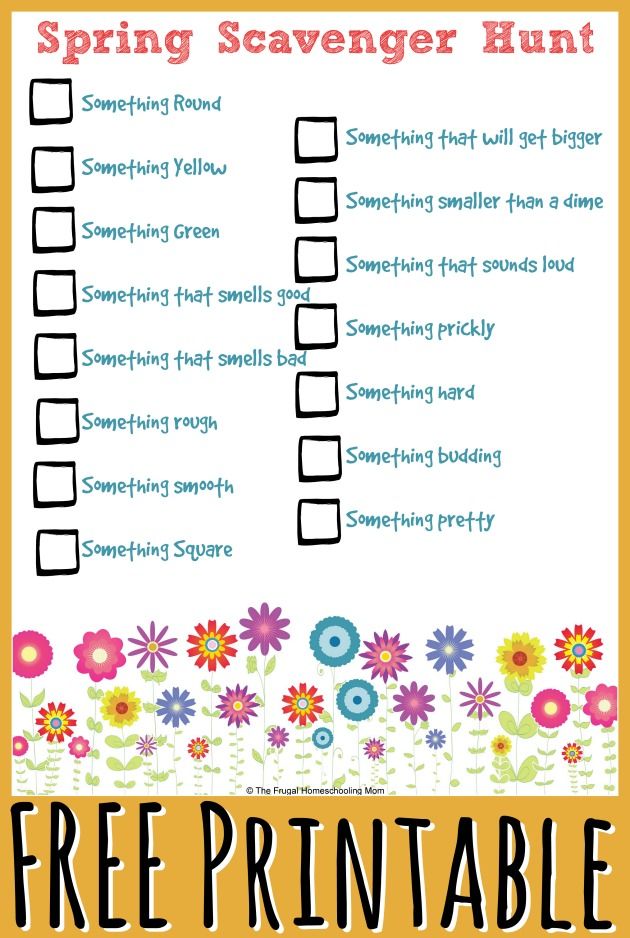
Then, with a list of the 5 sight words, I told him to find the letters on the map to spell the sight words and then go find them in their spot around the house.
When he found the letters, he taped them to the word and when he was finished, he put them together in the right order.
And phew, goodness. I’m so glad we reviewed these sight words. Henry completely forgot them!
What’s great about this is you can make a treasure hunt to work on whatever your child is currently working on! It can just be the letters, just numbers, spelling practice. Make it simpler by doing just a room, or your backyard.
Now. Go make a treasure hunt! What will your kids be hunting for?
More move and learn ideas from my co-hosts:
- The Pleasantest Thing
- Big Rainbow Writing at Coffee Cups & Crayons
- Indoor Snowball Race at Toddler Approved
- See all our Move & Learn Activities
SHARE POST
About Jamie Reimer
Jamie learned to be a hands on mom by creating activities, crafts and art projects for her three boys to do.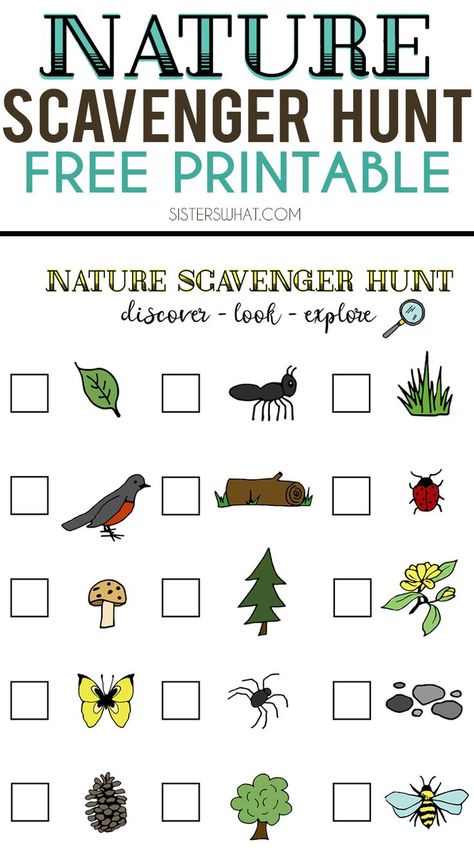 Jamie needed the creative outlet that activities provided to get through the early years of parenting with a smile! Follow Jamie on Pinterest and Instagram!
Jamie needed the creative outlet that activities provided to get through the early years of parenting with a smile! Follow Jamie on Pinterest and Instagram!
Reader Interactions
SCAVENGER HUNTING IS A FAMILY GAME: montessoriblog — LiveJournal
Scavenger hunt was an American game that has been played by fans, young and old, for many years. The rules are simple: players are given a list of items that they must discover in a given space within a certain amount of time. The winner is the one who quickly finds the items on the list. A green fruit, a round object, something metallic - come up with any tasks you want and see how the children cope with them in different ways.
Step one - choose a location
Search operations can be carried out at home or outdoors: in the yard, in the nearest park or even throughout the city, for example, if you travel with your family by car or bicycles. If you are planning a home party for children, divide the participants into teams and set the game time for 15-20 minutes.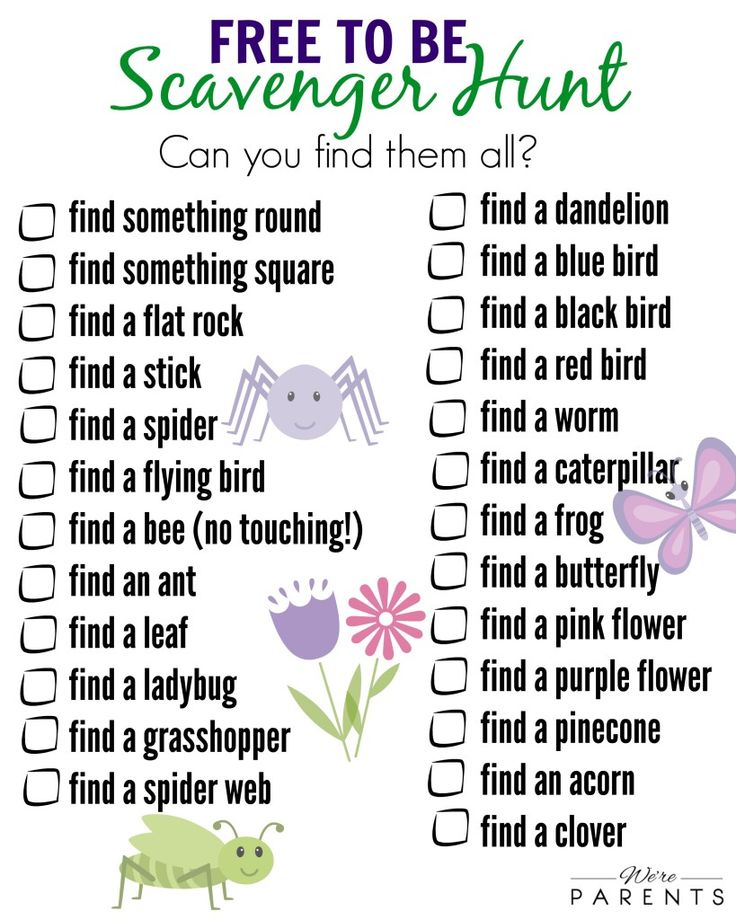 And if you came up with a hunt just for your family, play for fun, take your time. To play you will need a pre-compiled list of items; a box in which you can put the finds; markers to mark found items in the list.
And if you came up with a hunt just for your family, play for fun, take your time. To play you will need a pre-compiled list of items; a box in which you can put the finds; markers to mark found items in the list.
Step two - make a list of "finds"
The list of items for the game depends only on your imagination. Let the tasks be as simple as a ball, a newspaper, a rectangular thing, or intricate: can the participants find an object in the city park that can be sent for recycling? Ready-made templates with tasks can be found on the Internet (mostly in English), but it will be much more interesting to create them yourself.
Examples of finds for the home:
- knitwear;
- sweetness;
- a book with more than 400 pages;
- something useful in sports;
- something smaller than a dice, etc.
For outdoor hunting, these can be:
- mailbox;
- lamp;
- a person who walks a dog;
- that which can fly;
- something to sit on, etc.

Step three - set the rules
Before starting the game, discuss the rules with the participants and make sure they understand them. Can the children scatter through the list, or do they have to check the items in order? Can team members work separately to save time, or should they always be together? How will the winner be determined: by calculating the points for the items found or by filling out the entire list?
Scavenger hunt can be played anywhere, even in the airport lounge. Write a list in a notebook and go in search of a passenger who travels with a pet; a pink suitcase and a man who reads a newspaper. During a road trip, invite your child to check the list of oncoming cars of all colors of the rainbow. On a walk, ask to find all the letters of the alphabet on street signs.
It is convenient to play scavenger hunt using mobile phones, especially if there are large items on the list that cannot be put into a box. Children love gadgets, and photos will be a clear proof of a successful search.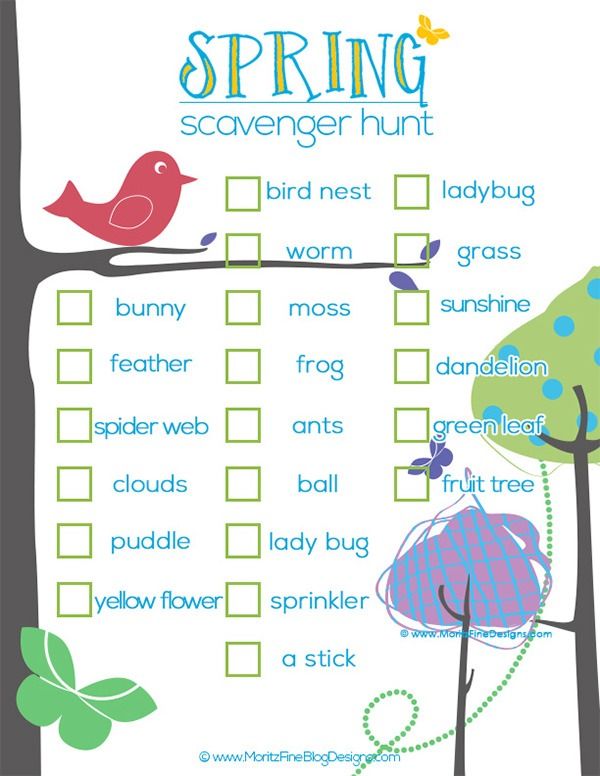 And if they make a video, it can be viewed at the end of the game with some treats. A fun evening is guaranteed!
And if they make a video, it can be viewed at the end of the game with some treats. A fun evening is guaranteed!
Author: Lena Charlin
Source: http://letidor.ru/article/okhota_na_musor_igra_dlya_vsey_134993/
Scavenger hunts
The American game Scavenger Hunt (“Junk Hunt”) is that the participants (it can be both teams and individual players) must find and collect items from a pre-compiled list within a certain time. Points are given for each item found. The one who collects the most of them wins. Or the one who finishes the whole list first. The game was invented by a certain Elsa Maxwell, and became very popular in the 30s of the last century at American parties. Now the most famous game of this genre is the Scavenger Hunt, held between students at the University of Chicago. Her at 1987 founded by Chris Straus. The game is held annually in May and lasts 4 days. During this time, students manage to collect about 300 items. Also, annual games are held in Washington; Northfield, Minnesota and Monroe, New York.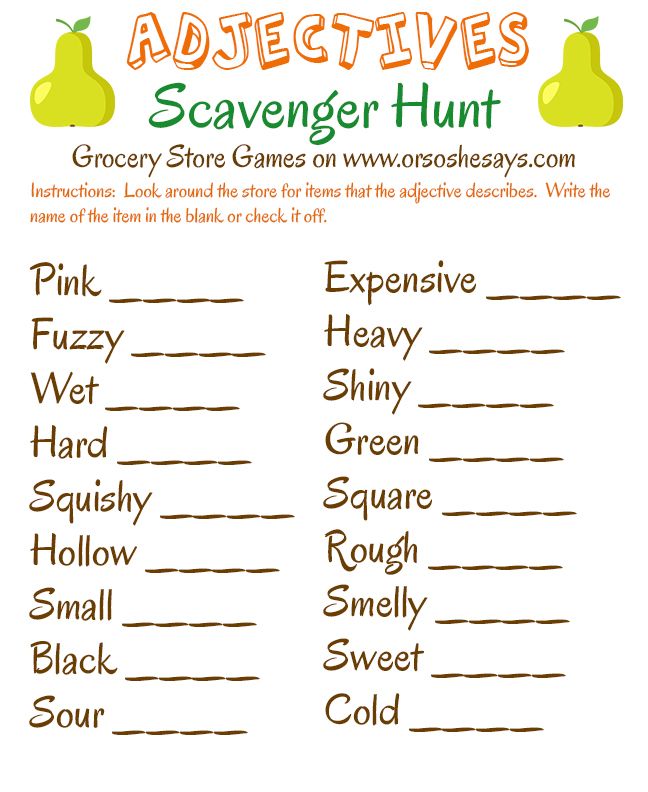
There are different versions of the game - in some you need to photograph all the items on the list, or somehow imagine them creatively. They play this game both in nature (in the forest, in the park, in the yard), and in an apartment or a supermarket. And now computer versions of “Junk Hunting” are also popular (the first version of online hunting was developed in 1992 by Rick Gates to encourage people to explore the resources available on the Internet).
This game is related to other "hunts" (for example, letter hunting - to collect letters of the alphabet, or graffiti hunting - to look for interesting graffiti) and is very similar to our favorite geocaching, only you need to look not for treasure, but just all sorts of interesting things:)
I I have long wanted to play Scavenger Hunt with the children for a walk. And when wonderfully designed search lists - “Forest Finds” - were posted on the kokokoKIDS website, I even became interested myself :). True, we did not go to the forest, but to the Botanical Garden at our university (Vorontsovsky Park or Salgirka Park).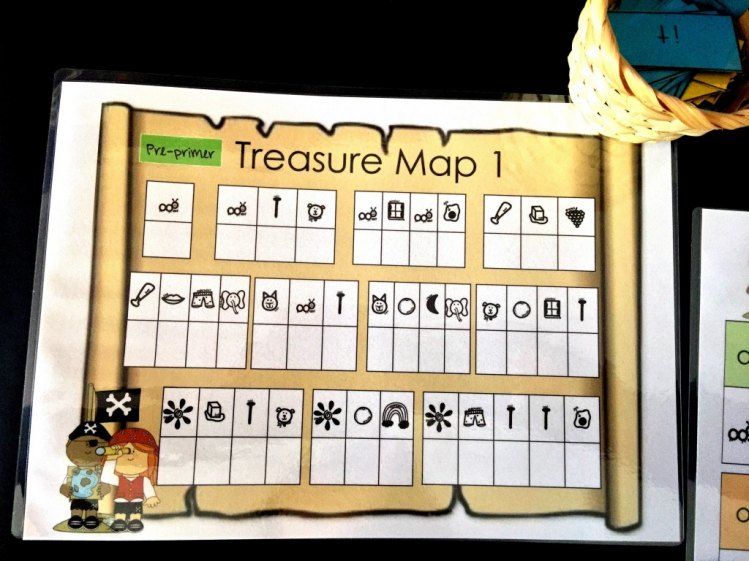
In it we found everything, everything, everything that was planned! Here is the completed sheet:
Both 12-year-old Vita and 4-year-old Katya were very interested! Vitya was more interested in the competitive part - to collect the entire list faster and more fully, and Katya liked to mark everything. She walked around the park with a pen and a piece of paper and took our notes very responsibly :))). And Anton and I liked that the walk had a research goal 🙂
| Children on the “hunt” 🙂 |
The easiest way was to find beautiful flowers - in the Botanical Garden in its "cultural" part there are several beautiful flower beds - a rose garden, an iridarium, a syringarium, an alpine hill. It was even difficult to choose what exactly from this beauty to put in the “find-snack”.
| TNU Botanical Garden |
| TNU Botanical Garden |
| Gladioli are twice as tall as Katya 🙂 |
And here, by the way, is the butterfly we need.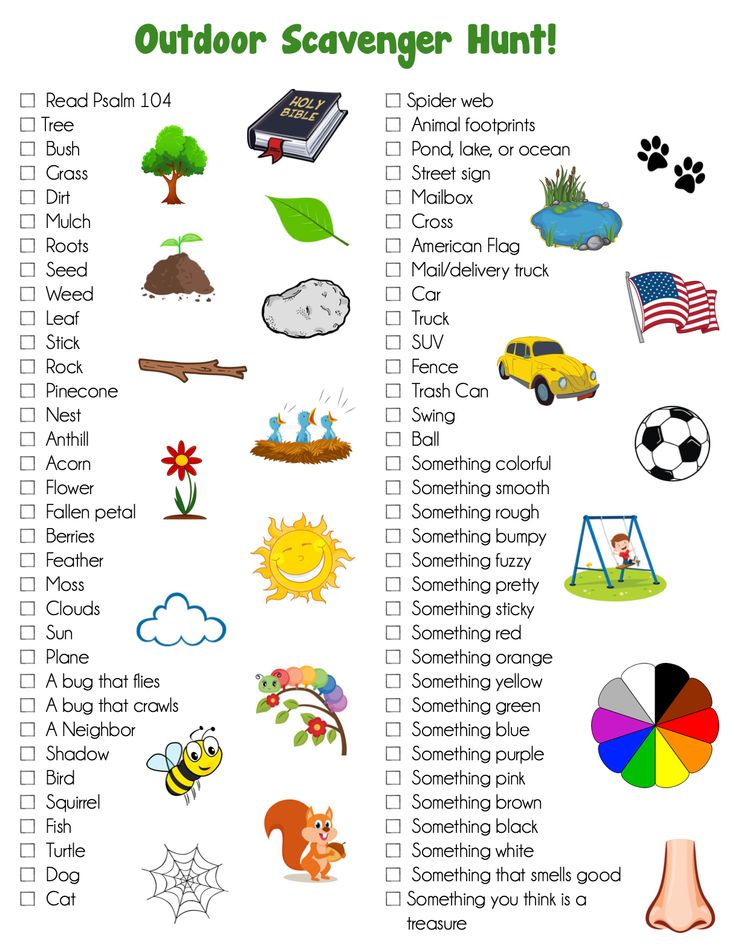
But I chose a simple field flower found by Anton. Among all this garden splendor, it turned out to be the most touching 🙂
We found a great many cones, acorns, anthills and hollow trees a little deeper into the park - further in it are areas of completely “wild” nature.
But there are problems with mushrooms. We are in our second month without rain. Therefore, the only fungus we found is a tree mushroom.
And on the wrought-iron bench near the entrance we saw more mushrooms - they will do instead of fly agaric from the list :)
There are also problems with hedgehogs. But we found something to replace it with - a prickly chestnut skin. She looks a lot like a hedgehog!
Traces of animals were searched for on “unknown paths”. We saw the imprint of a huge paw on the gravel. Katya thinks it's wolf :)
And I found another animal footprint... from a snail 🙂
Here are the snails themselves.
Forest birds are easy to find.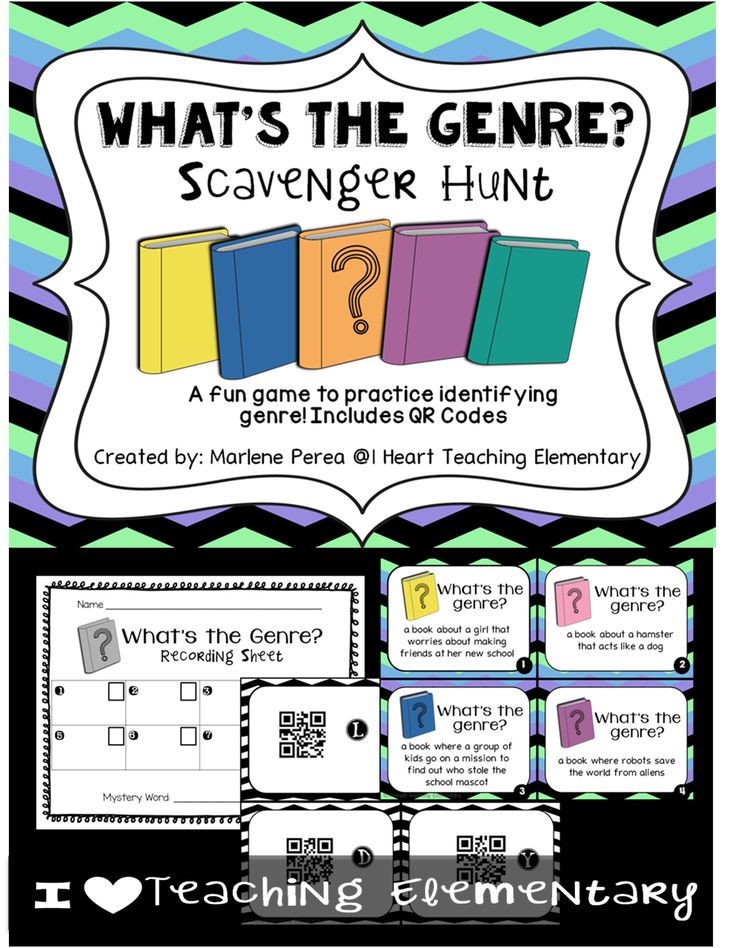 Feeders are hung in a pine grove. There are ten of them in it. People actively feed the birds all year round. Therefore, titmouse there are quite tame. Vitya loves to feed them from the palm of his hand. Katya still does not have the patience to stand still. But this time the titmouse didn't take a picture, no matter how hard I tried to catch it in the lens. But a woodpecker suddenly flew to a distant pine. Handsome! And he hollowed a real hollow! Photo, unfortunately, only at high magnification.
Feeders are hung in a pine grove. There are ten of them in it. People actively feed the birds all year round. Therefore, titmouse there are quite tame. Vitya loves to feed them from the palm of his hand. Katya still does not have the patience to stand still. But this time the titmouse didn't take a picture, no matter how hard I tried to catch it in the lens. But a woodpecker suddenly flew to a distant pine. Handsome! And he hollowed a real hollow! Photo, unfortunately, only at high magnification.
| Woodpecker next to a hollow |
| Feeders of all kinds - from a parrot cage, from a speaker box, just boxes. Do you see the titmouse? |
| Jay flew up |
And under the walnut trees in the distance, squirrels frolic.